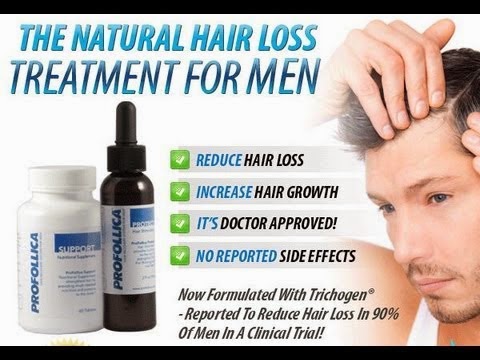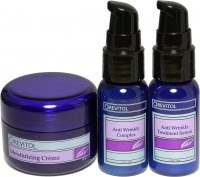 Aging hair loss is a common concern and we can help you understand it better. Did you know that one of the most prolific areas of research these days is on aging and aging hair loss . From quality of life, to the onset of diseases associated with age, a key goal is to stack the deck in favor of healthful longevity.
Aging hair loss is a common concern and we can help you understand it better. Did you know that one of the most prolific areas of research these days is on aging and aging hair loss . From quality of life, to the onset of diseases associated with age, a key goal is to stack the deck in favor of healthful longevity. As a visible sign of advancing years, few physical changes are more obvious than progressive hair loss. Even for individuals who have escaped early-onset androgenetic alopecia, the later years take their toll and you will see aging hair loss.
Aging Hair Loss Basics
It is rare for people of either gender to reach seventy years of age with a full, intact dense head of hair because of aging hair loss. Senescent alopecia appears to follow a somewhat different etiological path than common androgen-based pattern hair loss. Instead of bitemporal recession and the progressive balding of the crown, a general loss of density occurs throughout the scalp. Hair aging comprises accumulated damage to the structures producing the hair shaft and involution of the hair follicle. An intriguing clue into senescent alopecia may be found in a distantly related disorder, alopecia areata (AA). In AA, it is typical for pigmented hair to be targeted for attack, but hypo-pigmented (grey) hair is often spared. What does this tell us?Experimental evidence supports the hypothesis that oxidative stress plays a role in skin and hair aging. So, reagents that may blunt reactive oxygen species could hold promise in addressing senescent aging hair loss.
Additionally, the scalp is also subject to intrinsic or physiologic aging and extrinsic aging caused by external factors. Intrinsic factors are related to individual genetic and epigenetic mechanisms with population-based variation.
Here, disease phenotypes include familial premature graying and, of course, androgenetic alopecia. Extrinsic factors include ultraviolet radiation and smoking. The cumulative result of extrinsic factors is a negative change in the efficient maintenance of hair cycle dynamics. Essentially, the hairs stop growing as robustly, regularly and efficiently as before.
A Cure For Aging Hair Loss
Almost daily, the news channels report substantive breakthroughs in advancing human health. New drugs, new approaches using molecular tools such as stem cells, and other 21st Century techniques herald an apparently endless stream of medical miracles. But what about garden variety common pattern or aging hair loss? It's creeping into the future fast. So where's the cure? See Hair Genesis V .To begin, it is important to recognize the limitations researchers face in sorting out the pieces of the pattern hair loss puzzle. First limitation, no animal model. Unlike numerous diseases, ranging from cardiovascular disease to diabetes to Alzheimer's, there simply is no animal model for common pattern hair loss. Some of the most important breakthroughs in human disease have occurred as a result of work undertaken on animal models. This is not going to happen in pattern hair loss for reasons just noted.
Second limitation, aging hair loss is a complex trait disorder. This means that there are numerous genes and other factors (biochemistry, age, circulating hormones, environment, etc.) that contribute to phenotype. It's not just one thing that causes pattern hair loss. For precisely this reason, in our lab we have moved away from focusing on DHT/5-alpha reductase. Newly published research by our group and collaborators at University of Albany show that inflammation plays a meaningful role in the onset and progression of pattern hair loss. Other factors will be important and we are working to understand what those may be. Third limitation, many natural substances are largely undiscovered. Most drugs cause side effects.
Fortunately, naturally-derived substances are less likely to cause this problem. However, we are still very early in the process of discovering the potential benefits which may be found in naturally-sourced molecules. This is one very important part of what we do to create better therapies and treatments. Still, while safe and effective treatments constitute the best of what we're able to accomplish today, the future of aging hair loss research centers around finding an actual "cure".
For a natural treatment for aging hair loss see ProFollica , Hair Genesis V or the popular Provillus .




